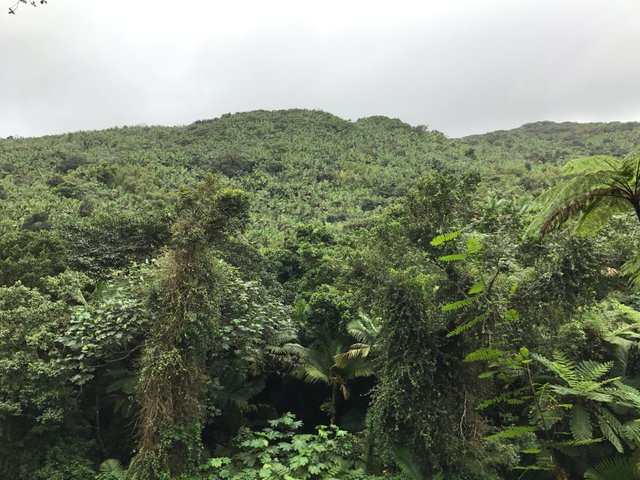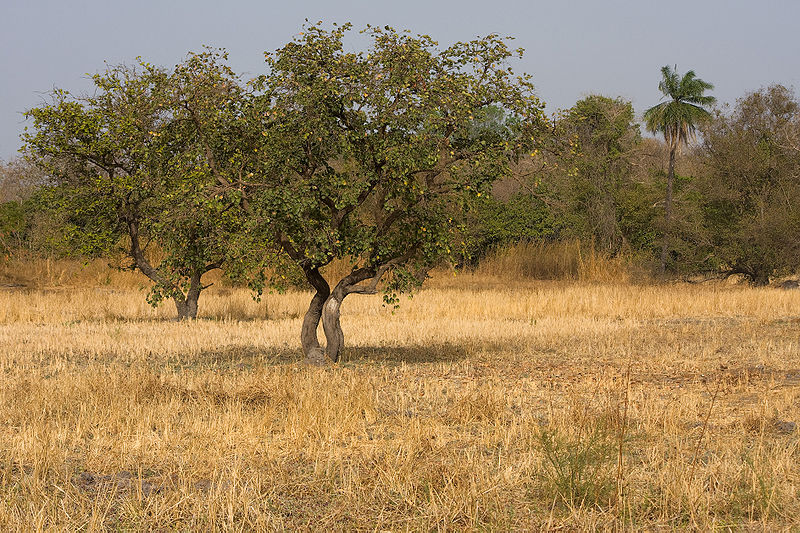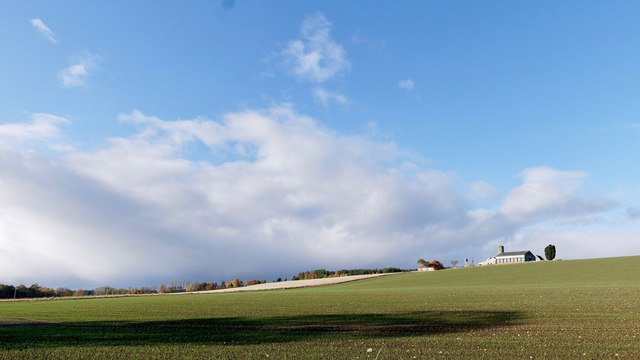Vegetation types
In my previous post, I discussed the factors influencing vegetation. These factors give rise to four broad types of vegetation namely: forest, grassland, deserts, and tundra. This simple classification is based on the type of vegetation dominant.
Forests
Forests are found where tree species are dominant, although climbers, shrubs and herbs may also occur. Some of the forests have trees that remain evergreen all year round. The tropical rainforest of the Amazon and Zaire Basins, the Mediterranean vegetation of the Mediterranean lands and the temperate coniferous forests of Canada, Siberia and Scandinavia are all evergreen.

Temperate forest
Others have trees that shed their leaves during the unfavourable season. In tropical lands, it is during the hot dry season when much water is lost by evaporation and the plants need to conserve the little water that is left. In temperate lands, it is during winter when the ground is frozen and roots have no more water to absorb. Such forests are called deciduous forests, and the trees in them, deciduous trees. The silk cotton, iroko and locust bean trees are typical tropical deciduous trees, the monsoon forest trees are all deciduous, while the broad leaved oak and birch are examples of temperate deciduous trees.

Tropical forest
Grasslands
These occur when the dominant plant species is grass, though other species may be present. Rain fall in these lands is between 50cm and 150ccm per annum.
Like the forest vegetation, there are tropical and temperate grasslands. Unlike the forest vegetation, however, the few trees found in the grassland region are all deciduous. They are xerophytic that is, plants that have special features which enable them to withstand the long dry season. These features include deep taproots which reach deep down for water, fat trunks where water is stored, thick barks with small shiny and sometimes thorny leaves which minimize the loss of water and leaves which are often shed during the dry season to prevent loss of water through their stomata. The grass tops dry up and often get burnt during the dry season, while their roots remain dormant and sprout up once the first rains begin in the following season.

Savanna
Tropical grasslands have higher temperatures and higher rainfall than temperate grasslands. So whereas the grasses in the former are tall and dense and the trees grow to the heights of up to 8-10cm , the latter is wide and open with very short grass and practically no trees at all. It is also possible to distinguish, in the tropical grassland, between a savanna woodland with denser tree cover and savanna grassland with fewer trees.
Examples of tropical grasslands include the Savannas of Africa , tropical grasslands of Australia, Llanos of Venezuela and Campos of Brazil. The temperate grasslands are represented by the Veld of South Africa, Downs of Australia, Pampas of Argentina, Prairies of North America and Steppes of Eurasia.

Prairies
Deserts
Hot deserts prevail in the hot regions, around latitudes 20° to 40°North and South of the equator, the regions are called the horse latitudes. These are sub-tropical regions where pressures are high and therefore, where surface winds generally blow away from. Consequently, they have little chances of rainfall.
Namib desert
The hot deserts are also located in, or extend to, the west coast of continents in these latitudes. This is because the coasts are generally washed by cold currents and are therefore dry.
In deserts, rainfall is usually less than 25cm per annum. Relative humidities are also low and day temperatures are high. It is so hot during the day that animals burrow holes in the ground and hide themselves there during the daytime. At night when it is cold, they come out from hiding and life returns to the deserts once more.
The landscape is either made up of bare rocks (hamada desert), covered with pebbles (reg desert), or enveloped in sea of sand dunes (erg desert). Deserts have very scanty vegetation which are obviously xerophytics since the drought there is exceptionally long. The cactus, which has practically no leaves at all but thorns all over its body and succulent stems in which water is stored, is xerophytic and well adapted to desert conditions.
Another interesting feature of desert vegetation is that plants spring up very quickly after heavy but brief and torrential downpour, characteristic of the region. They flower within a week or so, complete their life cycle before the available water dries up, and die off soon after. There are also temperate deserts where the vegetation cover is similar.
Tundra vegetation
This is found in the cold tundra regions of the world. These regions have long winters when the ground remains frozen for over ten months of the year . During this season, plant growth is impossible, though the seeds remain dormant.

Tundra
During the short summer, however, when temperatures rise to beyond 10°C , the seeds germinate and plants consisting of mosses, linchens and low flowering shrubs spring up. They grow quickly, bloom to form a carpet of very bright flowers called bloom mats, and die off within six to eight weeks before winter sets in again.
Reference
http://www.physicalgeography.net/fundamentals/9k.html
Ecosystem lecture notes.

You received a 80.0% upvote since you are a member of geopolis and wrote in the category of "geography".
To read more about us and what we do, click here.
https://steemit.com/geopolis/@geopolis/geopolis-the-community-for-global-sciences-update-4